
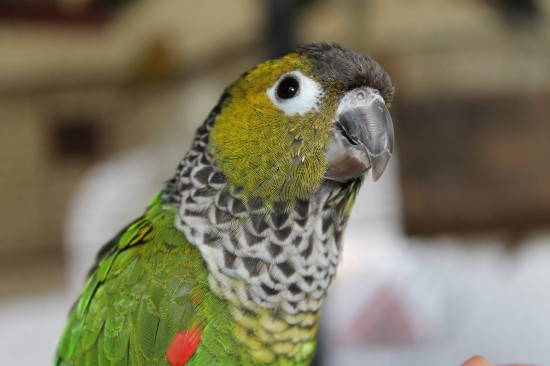
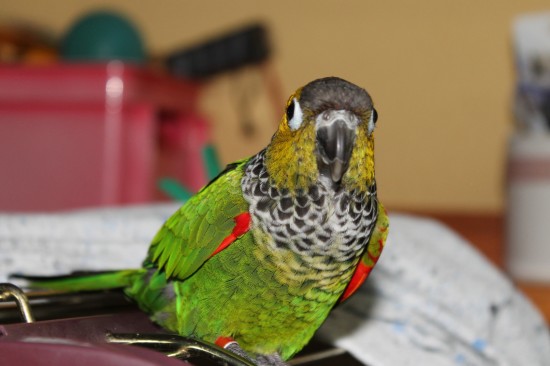
The Black-capped Conure (Pyrrhura rupicola), also known as the Rock Conure or Black capped Parakeet, is a parrot family bird from the south-western areas of the Amazon Basin as well as eastern Andean slopes nearby in Peru and Bolivia.
These birds are typically around 25cm in length and weigh around 2 ½ ounces. Their feathers are mostly green in colour with a dark brown-black cap and a white neck with scaly black markings and red wing coverts. In captivity, their lifespan is 10-30 years.
In its native areas, it lives in humid forests from the lowlands up to an altitude of 2000m on the slopes of the East Andes. Some of its range are in protected areas, such as the Manu National Park so numbers of the birds have remained steady. Flock size is typically 20-30 birds, though this is smaller during breeding season.
The only known mutation breed was called a Voren mutation and featured red feathers on the breast, but otherwise was the same as the normal birds.
Black capped Conures are sweet and playful birds who are almost clownish sometimes in their behaviour and make less noise than many other types of conures. They can learn to mimic some human words and phrases and will sometimes learn a few tricks with their owners.
They need owners who can spend a lot of time interacting with them and need to feel part of the family. They like to be handled but can nip so experience again is recommended to know how best to deal with this. They are very active birds and if in a cage, are best kept in busy areas of the house so they feel like there is lots going on, and they are part of it.
If you are keeping your conure in a cage, it needs to be the largest possible and also strong as they have a strong chewing ability. They need plenty of toys to keep them occupied when in their cage and lots of time out of it, interacting with the family. They also appreciate a sleeping tent for a nighttime, a fur covered triangular type which can hang from the roof of the cage and many parakeets enjoy sleeping in. they can be obtained at many pet shops or online.
Conures like to bathe so should be offered a fresh bathing bowl each day or given a spray from a bottle. Alternatively if the bird is hand-tamed, you can take them in the shower with a proper parrot perch for showers.
Unlike birds such as cockatiels, these conures do not produce dander, a substance on their feathers which can aggravate allergies. They do, however, sing in their sleep so if you plan on keeping them near where you sleep, this may not be ideal!
If you are keeping them in an aviary, it is best to keep a single pair of birds to an enclosure. A minimum recommended size is 9 x 3 x 6feet and should be protected from frost. They can be dangerous to other birds and can kill those they take a dislike to. Leafy branches in the enclosure are a good idea for them to chew and to perch on, as well as giving them a sense of protection from predators. The branches will need regular replacement as they will be thoroughly chewed.
Seed and pellet mixes will make up around 70% of the diet, and the remaining 30% should come from fresh produce. In the vegetable category, they will enjoy carrot, celery, peas, corn and greens such as chard, lettuce, kale and spinach. They will also enjoy weeds such as dandelion and chickweed.
They will also enjoy seeds such as canary, millet, safflower as well as some soaked and sprouted sunflower seeds, cooked pulses and beans and a little cubed hard cheese. They will also take fresh leaves and buds and mineral and vitamin supplements can be given.
Calcium can be provided through a supplement added to water or from grated cuttlefish added to greens or fruit.
The recommended nest box size for these birds is 8x8x30 inches but birds will often choose a nest box similar to the one they were reared in. in the same way, a pair of birds who successfully raise a brood will often return to the same nesting box knowing they had succeeded on the first attempt. It is wise to give the option of a few nest boxes to choose from for the first time breeding pair at different heights and differing types. Once they have chosen, make sure the box is their alone and removed when not in use, then replaced in the same place when they are ready to breed again.
Deposit into the bottom of the box some non-toxic saw dust, corn cobb or clean straw and dried grass or even wood shavings as long as they have no toxic properties. Around two inches in the bottom of the box will be adequate. The birds may remove the nesting material and lay the eggs directly on the wooden floor.
Conures lay 5-7 eggs which are incubated for 23-24 days by both birds and the chicks fledge at 7-8 weeks. The chicks are usually feeding independently at 2-3 three weeks after fledging. They prefer not to have the nest checked when they are in it, so do nest checks when the adults are out feeding.
Hand rearing these birds can be tricky, and experts suggest it is better to foster them with other species of conure.
Like many of the conure species, Black capped are intelligent and inquisitive birds who will make a wonderful pet, but do need a lot of attention and can be a little nippy. They are generally quieter than many of their cousins but can still make quite a bit of noise.
They will be an active member of the family but will need an experienced keeper to get the best from them and prevent any behavioural problems.
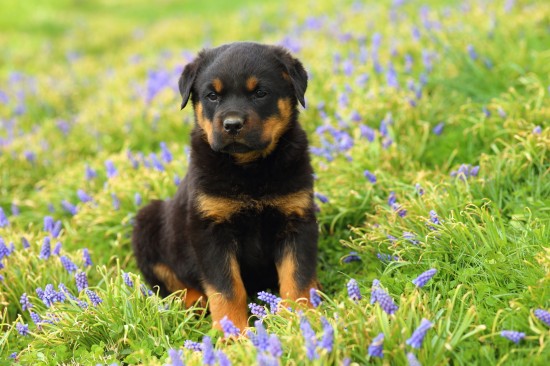 5 Signs Your Dog Might Be Suffering From Seasonal Allergies
5 Signs Your Dog Might Be Suffering From Seasonal Allergies
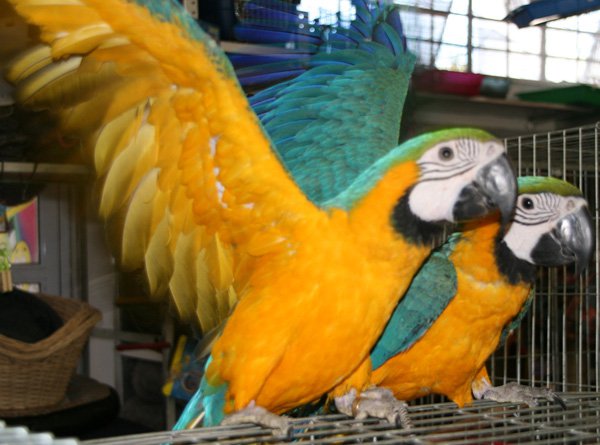 Learn The Virtues Of True Friendship With A Companion Dog
Learn The Virtues Of True Friendship With A Companion Dog
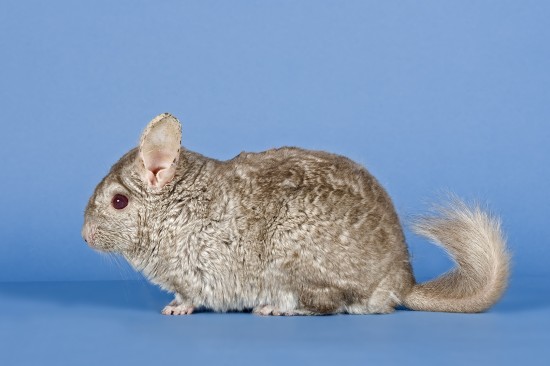 Choosing A Good Chinchilla Breeder To Buy Your New Pet From
Choosing A Good Chinchilla Breeder To Buy Your New Pet From
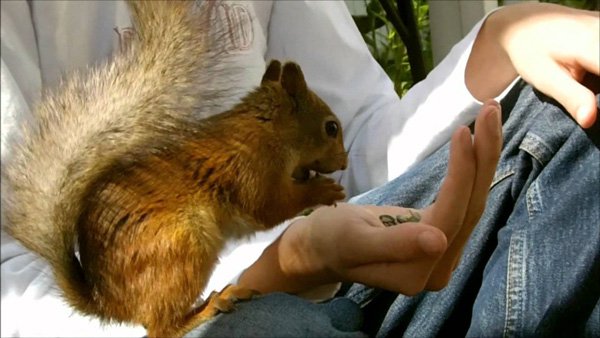 How Doggy Day Care Can Be Helpful?
How Doggy Day Care Can Be Helpful?
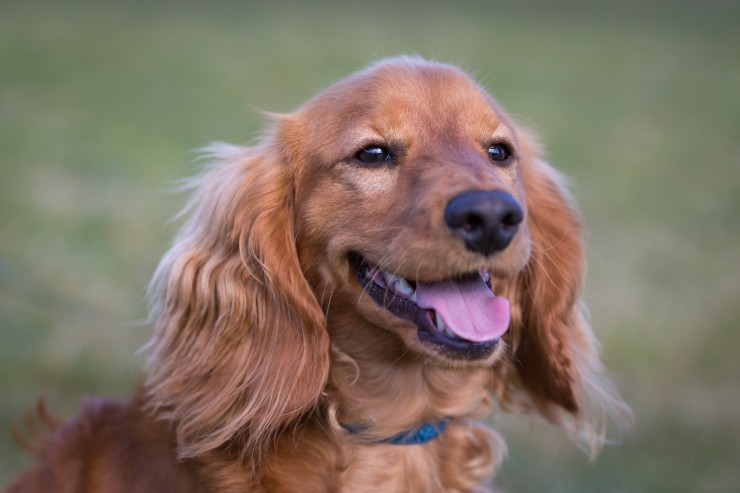 Can Dna Testing Help To Diagnose Certain Canine Diseases?
Can Dna Testing Help To Diagnose Certain Canine Diseases?
 Dogs And Snoring - Is It Cause For Concern?
Dogs And Snoring - Is It Cause For Concern?
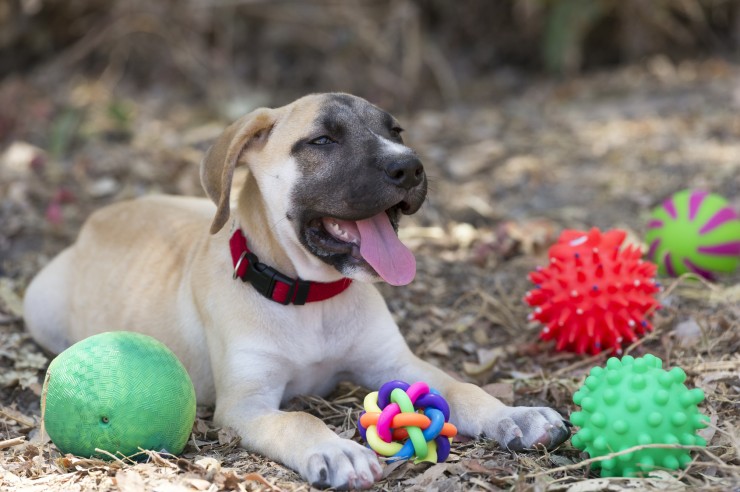 How To Stop Your Dog From Hoarding Food And Toys
How To Stop Your
How To Stop Your Dog From Hoarding Food And Toys
How To Stop Your
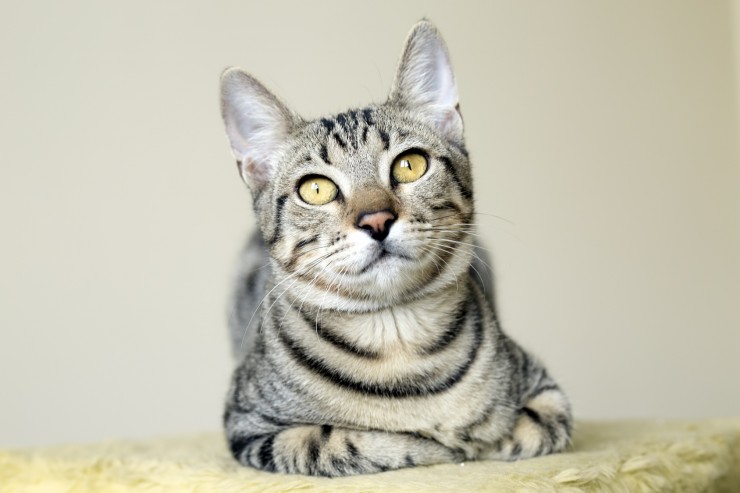 How To Sponsor A Cat
How To Sponsor A
How To Sponsor A Cat
How To Sponsor A
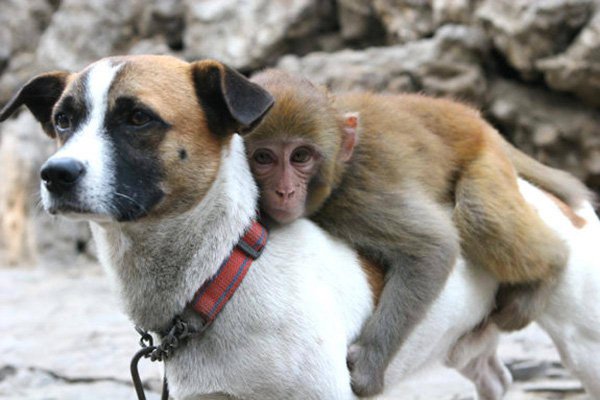 Hire Professional Pet Grooming Manitoba for Special Treatments
Hire Professional Pet Grooming Manitoba for Special Treatm
Hire Professional Pet Grooming Manitoba for Special Treatments
Hire Professional Pet Grooming Manitoba for Special Treatm
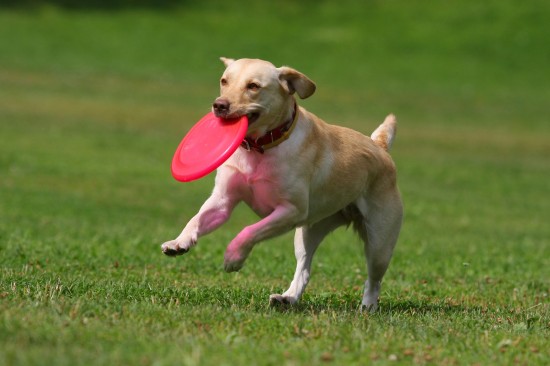 Ten Ways To Make Your Dog’s Walks More Exciting
Ten Ways To Make
Ten Ways To Make Your Dog’s Walks More Exciting
Ten Ways To Make
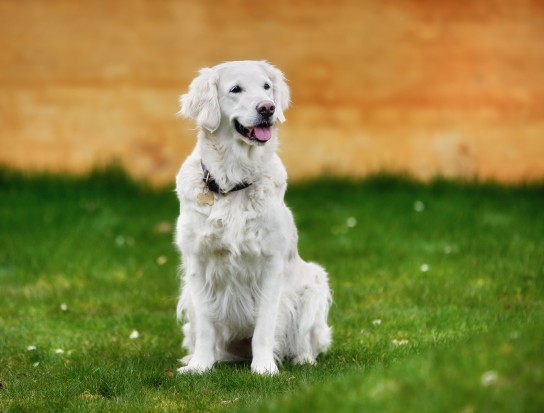 Prostate Inflammation And Associated Problems In The Dog
Prostate Inflamma
Prostate Inflammation And Associated Problems In The Dog
Prostate Inflamma
Copyright © 2005-2016 Pet Information All Rights Reserved
Contact us: www162date@outlook.com